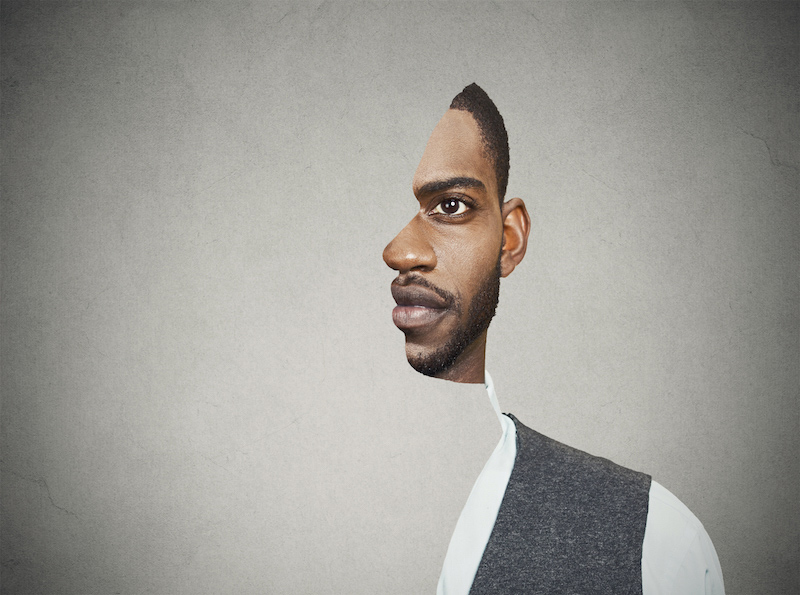
Unilateral hearing loss, or single-sided deafness, is much more widespread than people realize, particularly in kids. Because of this, the public sees hearing loss as being black and white — either somebody has typical hearing in both ears or decreased hearing on each side, but that dismisses one kind of hearing loss altogether.
A 1998 study thought that approximately 400,000 kids had a unilateral hearing loss due to injury or disease in the moment. It’s safe to say that amount has increased in that past two decades.
What’s Single-Sided Hearing Loss and What Causes It?
As its name implies, single-sided hearing loss suggests a reduction in hearing just in one ear. In extreme instances, deep deafness is potential. The nonfunctioning ear is incapable of hearing whatsoever and that person is left with monaural audio quality — their hearing is limited to a side of their human body.
Reasons for premature hearing loss vary. It can be caused by injury, for example, a person standing beside a gun firing on the left may get moderate or profound hearing loss in that ear. A disease can lead to the issue, too, such as:
- Acoustic neuroma
- Measles
- Microtia
- Meningitis
- Waardenburg syndrome
- Mumps
- Mastoiditis
No matter the origin, a person with unilateral hearing needs to adapt to a different way of processing audio.
Direction of the Audio
The mind uses the ears nearly just like a compass. It identifies the direction of sound based on what ear registers it initially and in the maximum volume. When somebody speaks to you while standing on the left, the brain sends a message to flip in that way.
Together with the single-sided hearing loss, the noise will only come in one ear regardless of what way it originates. If you have hearing in the left ear, your head will turn left to look for the noise even when the person talking is on the right.
Pause for a minute and consider what that would be like. The audio would enter one side regardless of where what direction it comes from. How would you know where an individual talking to you personally is standing? Even if the hearing loss isn’t profound, sound management is tricky.
Focusing on Audio
The brain also employs the ears to filter out background noise. It informs one ear, the one closest to the noise you wish to focus on, to listen for a voice. The other ear manages the background noises. This is why in a noisy restaurant, so you can still concentrate on the dialogue at the table.
When you can’t use that tool, the mind gets confused. It’s unable to filter out background noises like a fan blowing, so that’s all you hear.
The Ability to Multitask
The mind has a lot going on at any given time but having use of two ears enables it to multitask. That’s the reason you can sit and examine your social media account while watching Netflix or having a conversation. With only one working ear, the brain loses that ability to do one thing when listening. It has to prioritize between what you hear and what you see, so you usually lose out on the conversation around you while you browse your newsfeed.
The Head Shadow Impact
The head shadow effect describes how certain sounds are unavailable to a person with a unilateral hearing loss. Low tones have extended frequencies so they bend enough to wrap around the mind and reach the working ear. High pitches have shorter wavelengths and do not survive the journey.
If you’re standing next to an individual having a high pitched voice, then you may not know what they say unless you turn so the working ear is on their side. On the other hand, you may hear somebody with a deep voice just fine no matter what side they’re on because they create longer sound waves which make it to either ear.
Individuals with only slight hearing loss in only one ear have a tendency to adapt. They learn quickly to turn their head a certain way to listen to a buddy talk, for example. For those who struggle with single-sided hearing loss, a hearing aid may be work round that yields their lateral hearing.